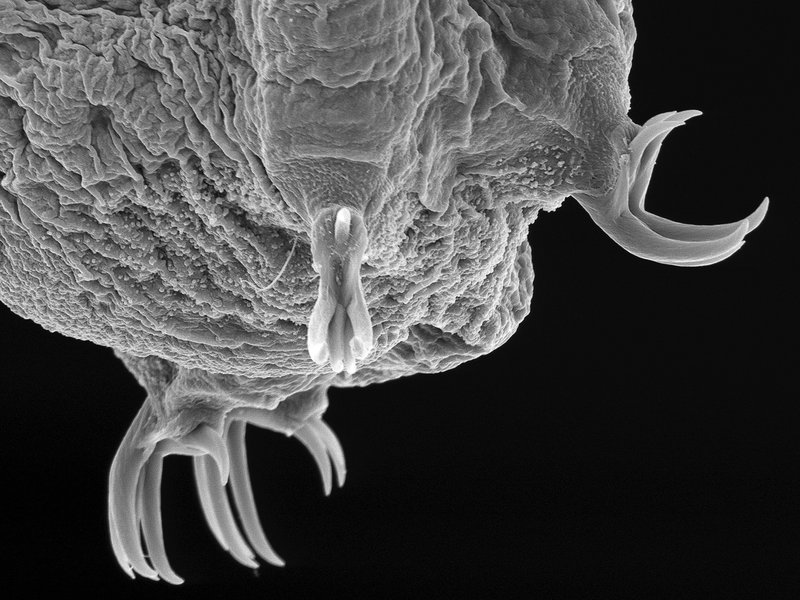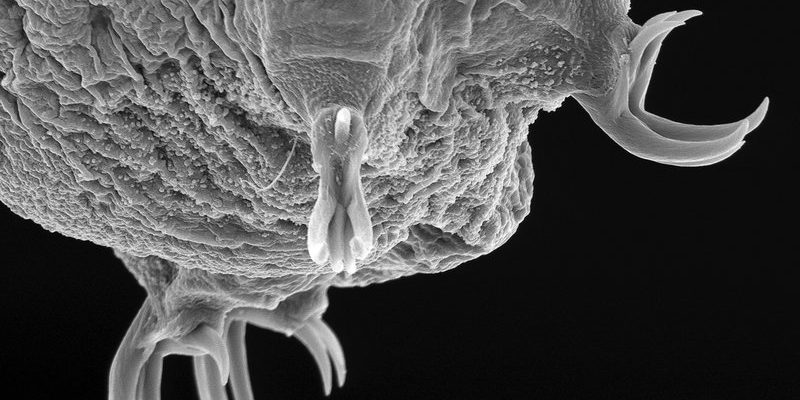
Picture this: you’re sitting in a science class, and your teacher brings out a jar filled with a mystery animal. As the lid comes off, you realize it’s not just any creature; it’s a bone-eating worm! What a cool way to learn about marine biology and the ecosystems of the ocean floor. Today, I’ll walk you through how to use bone-eating worms for science demonstrations, the science behind them, and why they’re so essential to our understanding of life and decomposition.
What Are Bone-Eating Worms?
So, what exactly are these bone-eating worms? They’re fascinating marine creatures that first came to scientists’ attention when they were discovered munching on the bones of dead animals on the ocean floor. Unlike regular worms, these guys have a specialized ability to break down the organic material from bones, thanks to a unique adaptation involving bacteria in their bodies. Essentially, they team up with microbes, using them to digest the bone’s collagen.
These worms typically inhabit deep-sea areas where sunlit life is scarce. You might picture them as tiny, colorful tubes sticking out of animal remains. Their body is covered in a protective layer that helps them efficiently absorb nutrients from the bones around them. Isn’t it wild to think about a creature that thrives on something as grim as bones? It really gives you a new perspective on the cycle of life!
Why Use Bone-Eating Worms in Demonstrations?
Using bone-eating worms in science demonstrations can spark curiosity in students. They illustrate vital concepts like decomposition, nutrient cycling, and marine ecosystems. By showing how life can thrive in seemingly inhospitable environments, you encourage students to think outside the box.
Moreover, these worms can create hands-on learning experiences. Imagine students not just reading about marine life but actually seeing how these unique organisms function in real-time. It’s a fun, engaging way to teach complicated biological processes. By observing them in action, students can better grasp concepts like symbiosis and the importance of biodiversity in maintaining a balanced ecosystem.
Setting Up Your Classroom Demonstration
To create a memorable classroom experience with bone-eating worms, you’ll need to plan ahead. Here’s a simple step-by-step guide to setting up your demonstration:
- Choose Your Display: You can use a clear aquarium or a simple glass jar. This lets students see the worms and their habitat up close.
- Gather Materials: Use whale or fish bones, which are more accessible, and some seawater to create a realistic environment.
- Add Nutrients: Introduce some organic matter to help the worms thrive. You can use pieces of fish or shrimp as a food source.
- Observation Tools: Provide students with magnifying glasses or even small notebooks to jot down their observations.
Once you have your setup, take time to explain the critical roles these worms play. Encourage students to ask questions about their habitats, behaviors, and what they can tell us about the ocean.
Planning the Lesson Around Bone-Eating Worms
Now that you have your demonstration setup, it’s time to plan your lesson. Consider breaking the lesson into different parts:
1. Introduction to Decomposition:
Start with why decomposition is crucial for ecosystems. Explain how animals contribute to the nutrient cycle after they die, and introduce bone-eating worms as nature’s recyclers.
2. Hands-On Observation:
Give students time to observe the worms interacting with the bones. Allow them to take notes on how the worms move and react to their environment.
3. Group Discussion:
After the observation, hold a discussion about what students noticed. You might ask questions like, “How do these worms help the ecosystem?” or “What surprised you about their behavior?”
4. Connect to Real-world Topics:
Discuss how understanding these creatures can help with larger topics, such as conservation efforts, deep-sea exploration, and marine life protection.
Addressing Common Questions and Concerns
You might be wondering if using bone-eating worms in class could come with challenges. Here are some common questions and how to address them:
What happens if the worms don’t thrive?
That’s a great concern! Make sure to regularly check the environment for the right balance of temperature and salinity. If needed, use an aquarium heater or cooler to maintain optimal conditions.
Can these worms be safely handled by students?
Yes! They are harmless to humans. However, it’s still a good idea to supervise students closely to prevent any accidents. Explain the importance of gentle handling to avoid damaging the worms.
Are there alternatives to using bone-eating worms?
If accessing bone-eating worms proves difficult, consider showcasing videos of their behaviors online or using other decomposers, like earthworms or fungi, which are often easier to find.
Enhancing Learning with Technology
In today’s digital age, why not integrate some technology into your demonstration? Use multimedia resources to enhance the learning experience. For instance, live-stream a deep-sea exploration or access documentaries featuring bone-eating worms in their natural habitat.
Additionally, you can encourage students to conduct research using tablets or computers. They can create presentations on their findings, highlighting the significance of bone-eating worms in the ocean’s ecosystems. This integration of technology can make the subject more relatable to them.
The Impact of Bone-Eating Worms on Ecosystems
Understanding the role of bone-eating worms goes beyond the classroom. They’re essential in marine ecosystems as they help recycle nutrients in the ocean. Their ability to break down hard materials, like bones, allows for a nutrient-rich environment, supporting various other marine life.
By educating students about these creatures, we’re building a generation of environmental stewards who appreciate and understand the complexity of ecosystems. Why does this matter? Because caring about our planet starts with knowledge, and knowledge begins in the classroom.
In conclusion, using bone-eating worms as the star of your school science demonstrations not only captivates students but also opens discussions about life, death, and the environment. They remind us how interconnected our world is and how every living thing plays a role in the grand cycle of life. So, whether you’re an educator or simply curious about the world around you, bone-eating worms are a fantastic way to explore science!

